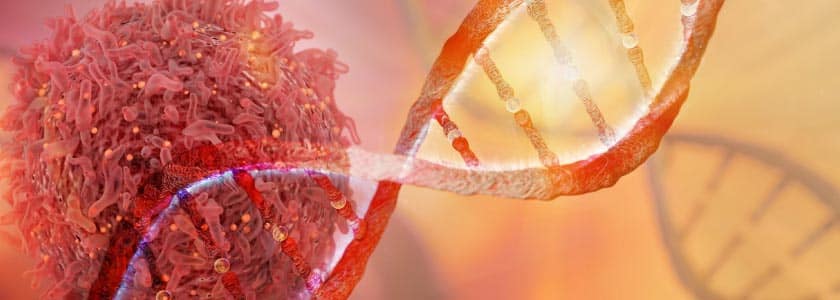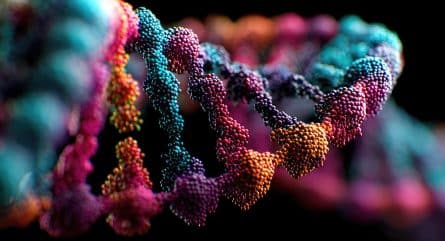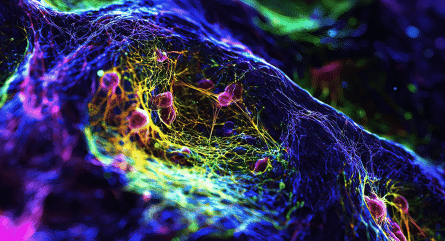It has been less than two years since prime editing first entered the CRISPR vocabulary, but a new study shows how it can be explored for possible therapeutic applications in laboratory disease models.
Prime editing is an improvement to CRISPR genome editing. It uses a longer-than-normal guide RNA (pegRNA) and a fusion protein consisting of a Cas9 H840A nickase joined to a specially engineered reverse transcriptase enzyme. Described in 2019, prime editing using pegRNA was predicted to push the boundaries of what was possible in gene editing.
In October, a team based in the Netherlands published findings of an effort to use patient-derived organoids to show that prime editing can be used for the repair of disease-causing mutations.
The team, led by pediatrician Sabine Fuchs at the Wilhelmina Children’s Hospital in Utrecht, made precise in-frame deletions of a gene to mimic the development of liver cancer.
“Versatile, efficient, and safe gene editing in primary cells represents a gamechanger for both in vitro modeling of monogenetic diseases and treatment with autologous gene-corrected cells,” the report stated. “Using this protocol, we demonstrate that prime editing can generate insertions, deletions, and various point mutations and functionally correct disease phenotypes in patient-derived stem cells.”
The team’s work found high editing rates and low by-product formation in both 3D-cultured adult stem cell organoids and 2D-cultured cancer cell lines, and that prime editing resulted in higher efficiency and much lower indel-formation than Cas9-mediated homology-directed repair.
The ultimate goal of the research, noted CRISPR Medicine News, is to demonstrate functional correction of disease-causing mutations, which could eventually be used to correct cells and transplant them back into a patient or even for in vivo gene editing. Prime editing has the ability to correct these types of genetic disorders and is efficient and safe. The team used functional assays to figure out which pegRNAs were most efficient.
This research builds on the original work on prime editing, where the method tested the ability of prime editing to install then correct pathogenic mutations like those known to cause Tay-Sachs disease and sickle cell disease.
While prime editing has clear advantages, there are challenges, too, noted one review of the technology.
Prime editing appears to be a viable option for the application. However, an opinion piece in Frontiers in Genetics expressed concerns about the method being limited to smaller genomic changes.
“The fact that the desired sequence has to be encoded in an extensive RNA molecule raises concerns regarding its stability,” the piece stated. “The longer the RNA strand gets, the more likely it is to be affected by intracellular RNA-degrading enzymes.”
Will prime editing open the door to solving genetic malfunctions in humans? It’s still too early to say for sure, but the groundwork is being laid for just that. Prime editing has the potential to correct most of the pathogenic alleles that cause genetic diseases, the authors of the original study noted.
“Much additional research is needed to further understand and improve prime editing in a broad range of cell types and organisms, to assess off-target prime editing in a genome-wide manner, and to characterize further the extent to which prime editors might affect cells,” they wrote. “Prime editing provides a new ‘search-and-replace’ capability that substantially expands the scope of genome editing.”
This article is for general informational purposes only. IDT does not promote the use of its products for any therapeutic or diagnostic uses discussed in this article.

























